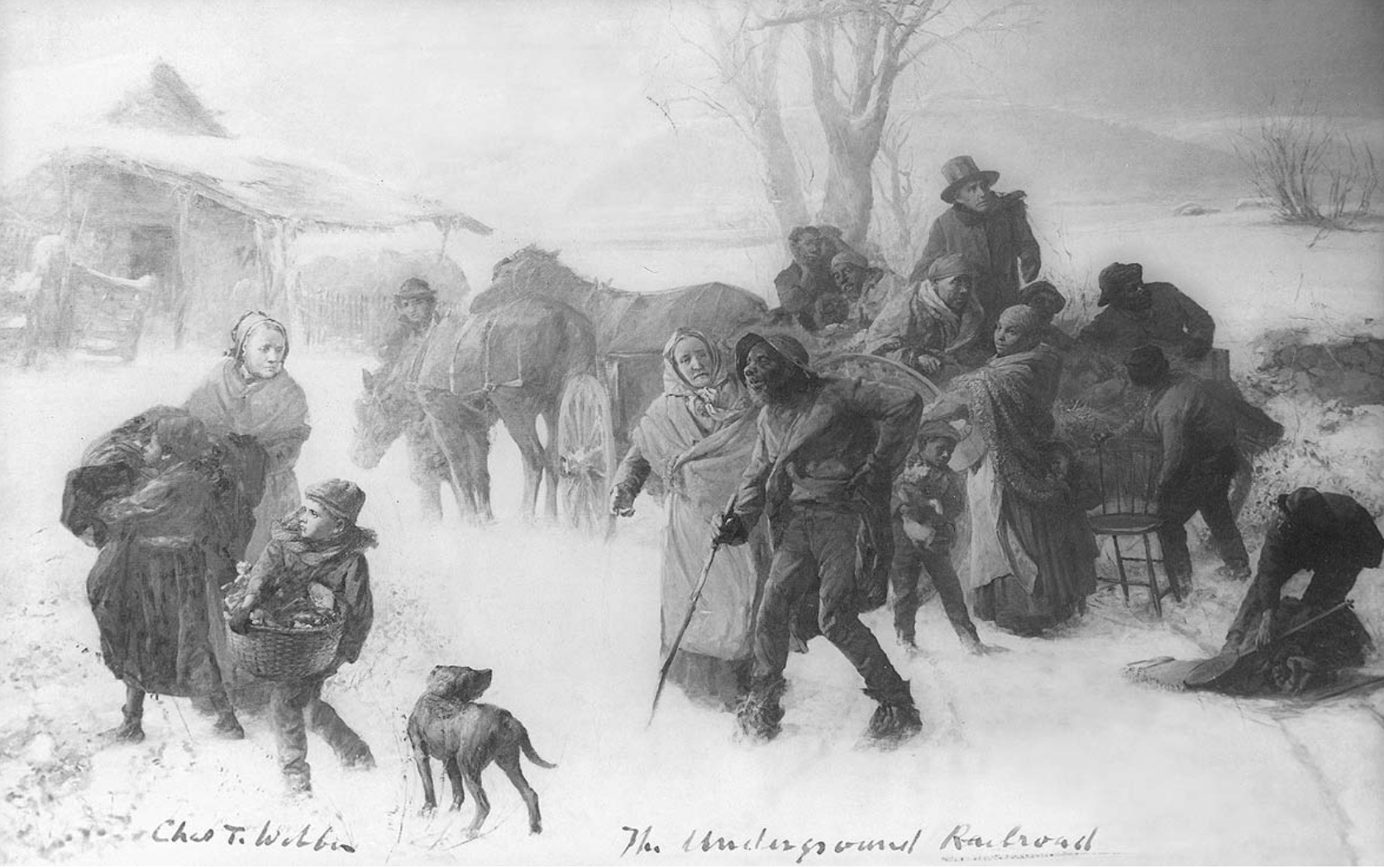The Fugitive Slave Act of 1850 was part of the Compromise of 1850 and signed into law by President Millard Fillmore in September of 1850. Despite Fillmore opposition to slavery, he signed it as a way to keep southern states from seceding. This would actually deepen the divide over the issue of slavery.


